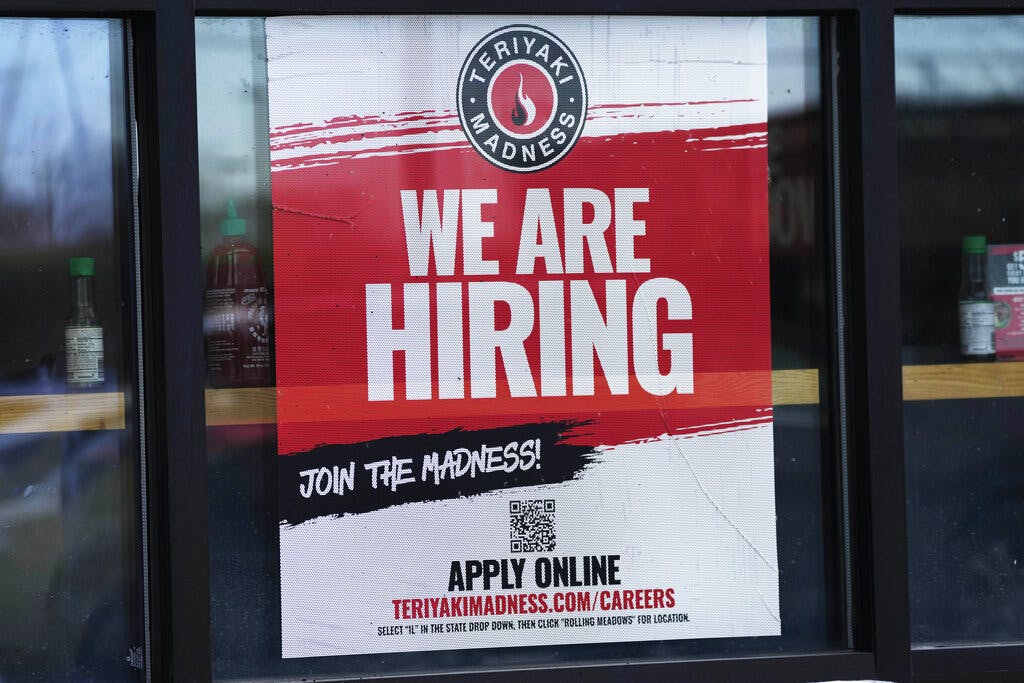Employment Growth Exceeds Expectations in May With 339,000 Jobs Added
A sign of enduring strength in an economy that the Federal Reserve is desperately trying to cool.

WASHINGTON — The nation’s employers stepped up their hiring in May, adding a robust 339,000 jobs, well above expectations and evidence of enduring strength in an economy that the Federal Reserve is desperately trying to cool.
Friday’s report from the government reflected the job market’s resilience after more than a year of rapid interest rate increases by the Fed. Many industries, from construction to restaurants to health care, are still adding jobs to keep up with consumer demand and restore their workforces to pre-pandemic levels.
Yet there were some mixed messages in the jobs figures, which also showed that the unemployment rate rose to 3.7 percent, from a five-decade low of 3.4 percent in April. The government compiles the unemployment data using a different survey than the one used to calculate job gains. The two surveys can sometimes conflict.
The increase in the unemployment rate partly reflected higher layoffs, suggesting that not all those who lost jobs in recent cuts by tech companies, banks and media companies have found new work.
Still, the hiring data is typically considered more reliable on a monthly basis because it is based on a larger survey of companies. The unemployment rate is derived from a smaller survey of households.
In Friday’s report, the government sharply revised up its estimate of job growth in March and April by an additional 93,000 jobs, underscoring the labor market’s durability.
Having imposed 10 straight rate hikes since March 2022, the Fed is widely expected to skip a rate increase when it meets later this month, though it may resume its increases after that.
Chairman Jerome Powell and other Fed officials have made clear that they regard strong hiring as likely to keep inflation persistently high because employers tend to raise pay in a tight job market.
Many of these companies then pass on their higher wage costs to customers in the form of higher prices.
The May jobs report adds to other recent evidence that the economy is still managing to chug ahead despite long-standing predictions that a recession was near. Consumers ramped up their spending in April, even after adjusting for inflation, and sales of new homes rose despite higher mortgage rates.
Some cracks in the economy’s foundations, though, have begun to emerge. Home sales have tumbled. A measure of factory activity indicated that it has contracted for seven straight months.
And consumers are showing signs of straining to keep up with higher prices. The proportion of Americans who are struggling to stay current on their credit card and auto loan debt rose in the first three months of this year, according to the Federal Reserve Bank of New York.
Fed officials are expected to forgo a rate increase at their June 13-14 meeting to allow time to assess how their previous rate hikes have affected the inflation pressures underlying the economy.
Higher rates typically take time to affect growth and hiring. The Fed wants to avoid raising its key rate to the point where it would slow borrowing and spending so much as to cause a deep recession.
Associated Press
